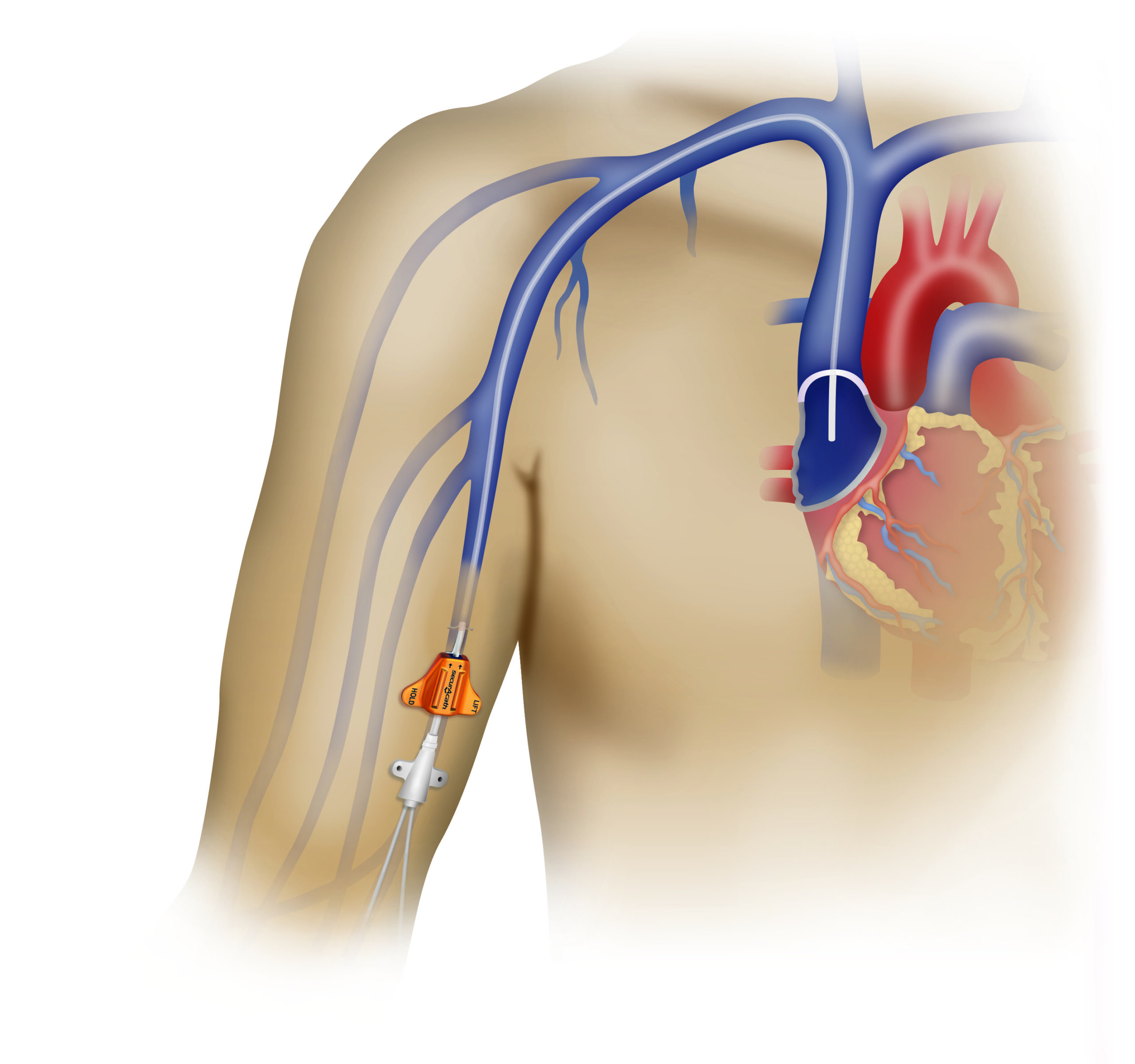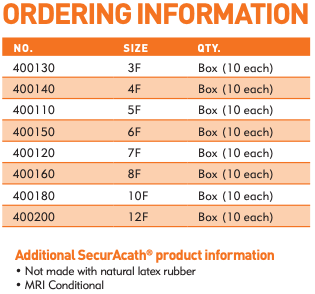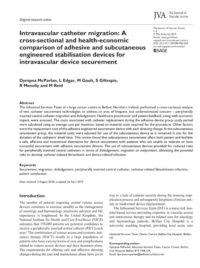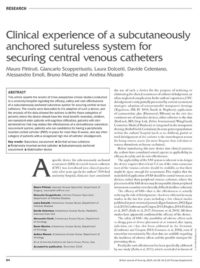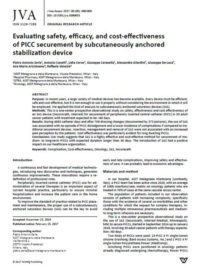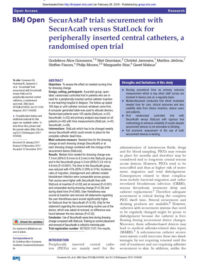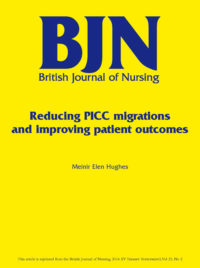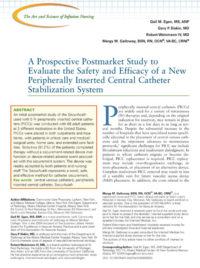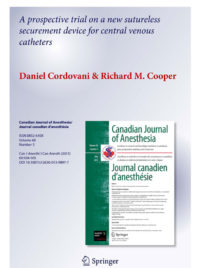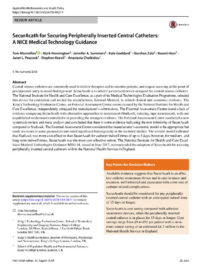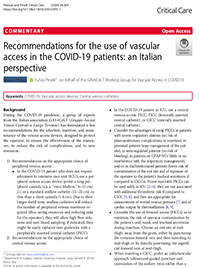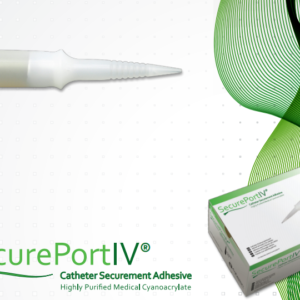Description
Why SecurAcath?
Infection Reduction
Two recent presentations have highlighted infection reduction data seen with the SecurAcath device.
Elizabeth Culverwell, Canterbury District Health, New Zealand, presented data from her institution that places approximately 1500 PICCs per year. They started using SecurAcath in mid-2015.
They found since switching to SecurAcath they have had 0% replaced line rate which provided savings of $59,250.
More importantly, they found infections dropped from 22 the year prior to 10 after SecurAcath was implemented. They estimate catheter infections cost $30,000 each to treat. Therefore, the savings from 12 reduced infections was $360,000.
Total hospital savings of $419,250 per year in infection and replaced line costs by switching to SecurAcath.
Mark Rowe, University of Arkansas for Medical Sciences, presented at the 2018 Association for Vascular Access Meeting. Mark analyzed 3 years of data for PICC-related bloodstream infections comparing SecurAcath to Statlock at UAMS.
The data shows a relative risk reduction of approximately 50% for SecurAcath versus Statlock. The reduction was consistent over 3 years analyzed.
Dramatically Reduced Catheter Dislodgement
- Catheter dislodgement defined as accidental removal or movement that resulted in loss of function
- SecurAcath clinical data publications show very low dislodgement rates of 0–1.6%1-5
- Adhesive securement devices have published dislodgement rates of 7-12%6-9
- Many accidental dislodgements occur during dressing changes when the catheter is not secured
Eliminate Suture Needlestick Risk
- Eliminates costly suture needlestick risk
- Average cost of a needlestick injury is $825
- There are over 92,000 suture needlestick injuries to healthcare in the U.S. each year
More About the Safety Considerations for Catheters
OSHA Fact Sheet: Securing Medical Catheters
CDC Sharps Injury Overview
Improved Efficiency
- One SecurAcath secures for the life of the line
- Catheter remains secure during dressing changes
- Saves time during routine dressing changes
- Dressing change can be done 3–5 minutes faster
- Allows easy catheter repositioning if catheter tip must be pulled back
Nova Scotia Health – Quality Award Winner
EXCELLENCE IN PATIENT SAFETY AWARD
Noting that many patients with Peripherally Inserted Central Catheters (PICC) lines were returning to hospital due to their line becoming dislodged, migrated, eroded at the insertion site or infected, the team working in the Ambulatory Treatment Center (ATC) at the Aberdeen Regional Hospital initiated a trial using a new product, SecurAcath, a subcutaneous anchor system for PICC lines. Following the implementation of this patient safety focused trial, the team has measured a marked improvement in patient care, reduction of patient return rates, improvement of the effectiveness and efficiency of the resources and nursing care time both in hospital and the community.


